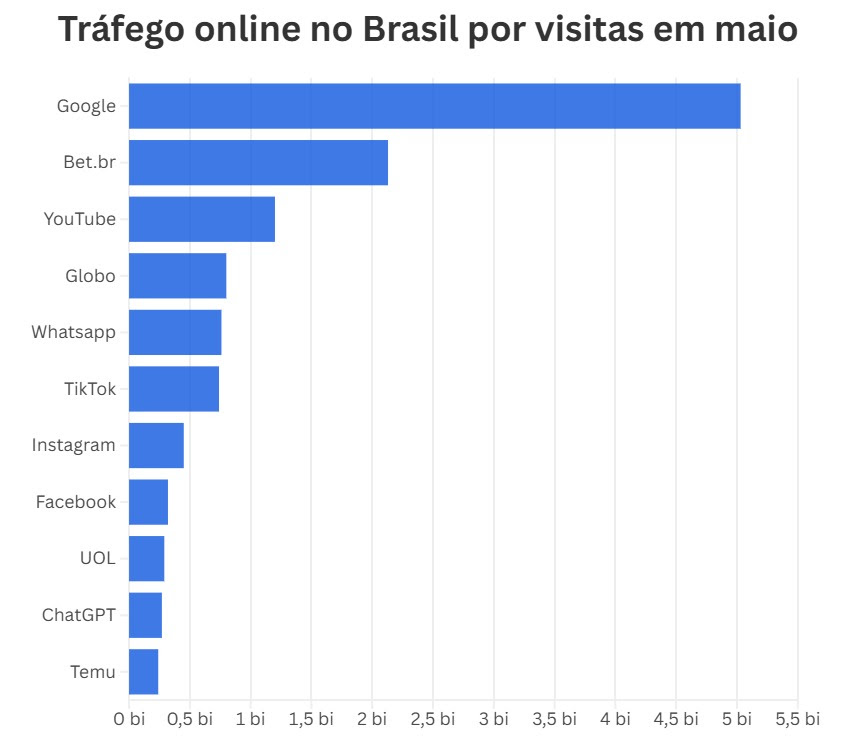The Brazilian bets for cellphone and almost exclusively by him. Traffic data for May 2025, raised by the Legal Bet, show that 98,7% of the accesses to legalized betting sites in the country happened via mobile devices, while only 1.3% came from computers.
This habit gains even more strength with the recent release of the official betting apps in the stores of the Google and the Apple, facilitating direct and continuous access to the platforms.
In May, the authorized betting sites accumulated 2.12 Billion visits in Brazil with almost all this movement starting from mobile phones.

Altogether, they were 173 Million unique devices per month, which in practice represents a range equivalent to about 80% of the Brazilian population exposed to some bet.
Most of the accesses happen directly, with the user actively seeking a bookmaker.
However, a considerable slice also stems from banner clicks or pop-ups that automatically pop up while browsing the internet.
Increases engagement of the Brazilian with bets
Even if part of the public of bets in Brazil access these platforms indirectly, when opening advertisements in browsers, for example, the engagement is expressive.
Traffic data shows that on average, more than 2 billion visits spend up to 14 Minutes of navigation per access, with 77% of users exploring content beyond the homepage.
This engagement recorded in may is higher than the last record of the historical series.In February, the average engagement of the brazilian with legal betting sites was 13 Minutes.
From browser to app store
The new Google policy, adopted in June, allows companies with authorization from the Ministry of Finance to publish their applications in the Play Store ' SOMETHING unprecedented until then. Among the first available applications are Betane, Betnational, Bet Wins, Superbet Betting, Superbet Casino, Bet7K, Panda King and the RDP (King of Pitaco).
In the App Store, the King of Pitaco it is also already accessible, and other carriers are awaiting approval.
The move marks a turning point in the sector, which seeks to provide faster, safer and integrated experiences to the mobile behavior of the brazilian bettor.


